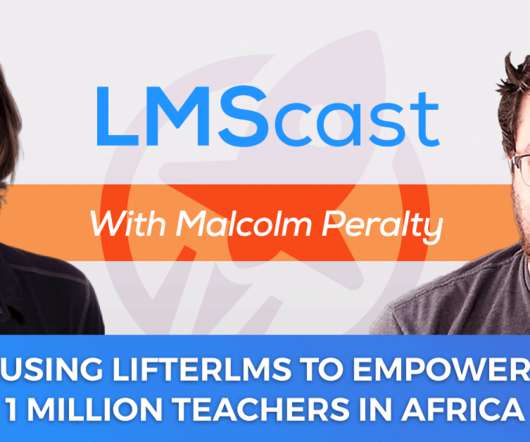Connected pedagogy: Shared minds
Learning with e's
JUNE 4, 2019
I call this connected pedagogy. One essential element of connected pedagogy is communication. Another key component of sharing minds in the digital age is the active experimentation, design, production and sharing of content. The entirety of the global social network we all inhabit is predominantly about sharing our minds.









































Let's personalize your content